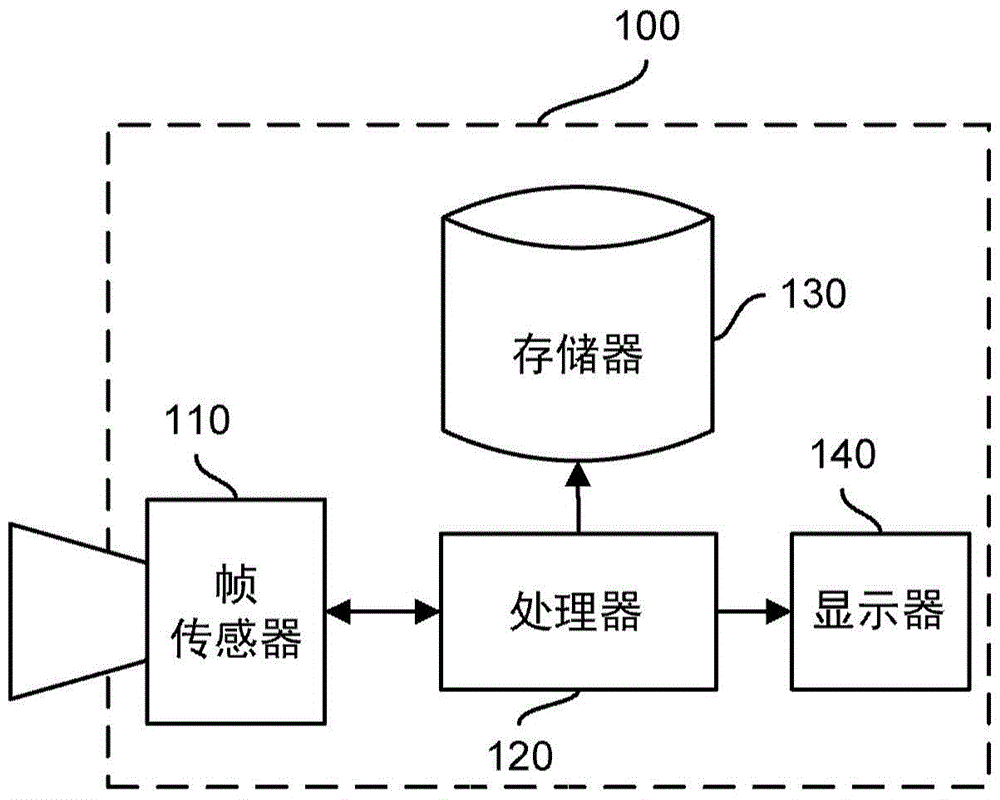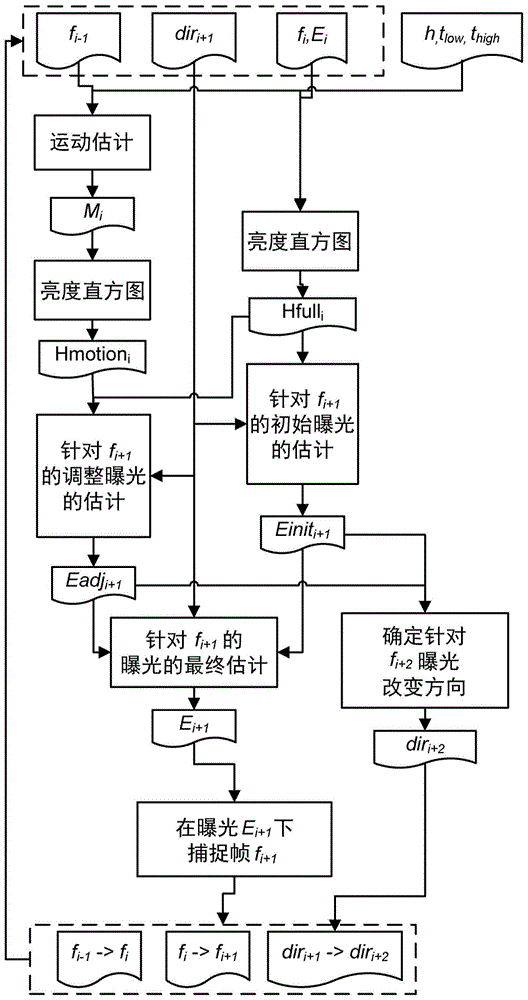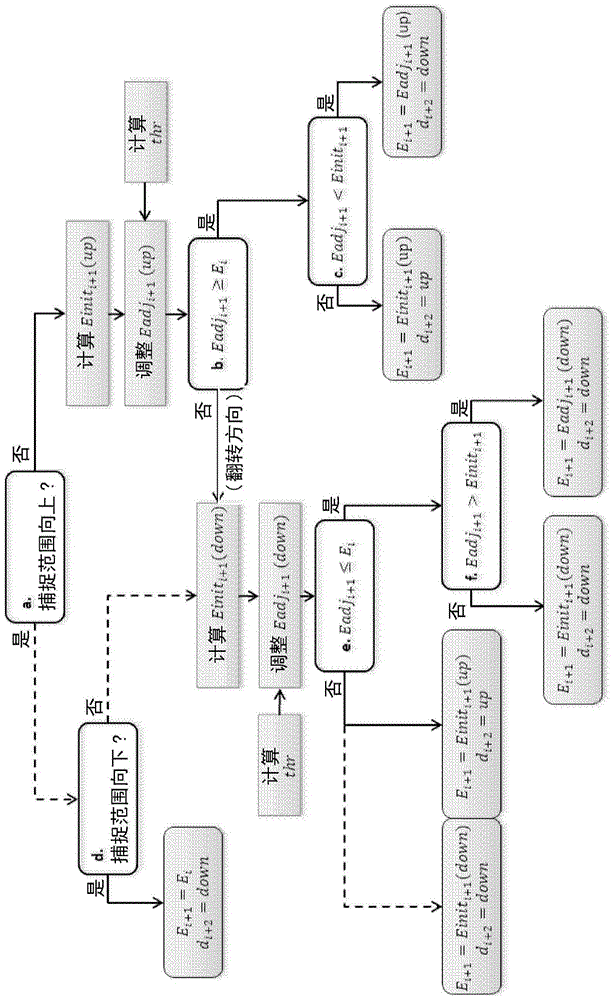Method for generating an HDR image of a scene based on a tradeoff between brightness distribution and motion
一种亮度分布、场景成像的技术,应用在图像增强、图像分析、图像通信等方向,能够解决HDR频率低、运动伪像、不能避免运动模糊等问题,达到降低帧率、扩展范围的效果
- Summary
- Abstract
- Description
- Claims
- Application Information
AI Technical Summary
Problems solved by technology
Method used
Image
Examples
Embodiment Construction
[0036]Those skilled in the art will appreciate that any flowcharts, diagrams, etc. presented herein represent conceptual views of illustrative circuits embodying the invention. It may be substantially represented in a computer readable medium and thus executed by a computer or processor, whether or not such computer or processor is explicitly shown.
[0037] According to the main embodiment of the present invention, figure 1 A simplified block diagram of a video image capture device (and more specifically a digital video camera) is depicted. The digital video camera 100 includes a frame sensor 110 . The frame sensor 110 may relate to a combination of an optical lens and a light detection circuit (eg, a CMOS integrated circuit, etc.) configured to capture an image or frame of a scene. The frame sensor 110 is characterized in a manner known per se by a Camera Response Function (CRF), which takes a luminance value and returns a luminance value. The CRF can be viewed as inverse...
PUM
 Login to View More
Login to View More Abstract
Description
Claims
Application Information
 Login to View More
Login to View More - R&D
- Intellectual Property
- Life Sciences
- Materials
- Tech Scout
- Unparalleled Data Quality
- Higher Quality Content
- 60% Fewer Hallucinations
Browse by: Latest US Patents, China's latest patents, Technical Efficacy Thesaurus, Application Domain, Technology Topic, Popular Technical Reports.
© 2025 PatSnap. All rights reserved.Legal|Privacy policy|Modern Slavery Act Transparency Statement|Sitemap|About US| Contact US: help@patsnap.com



